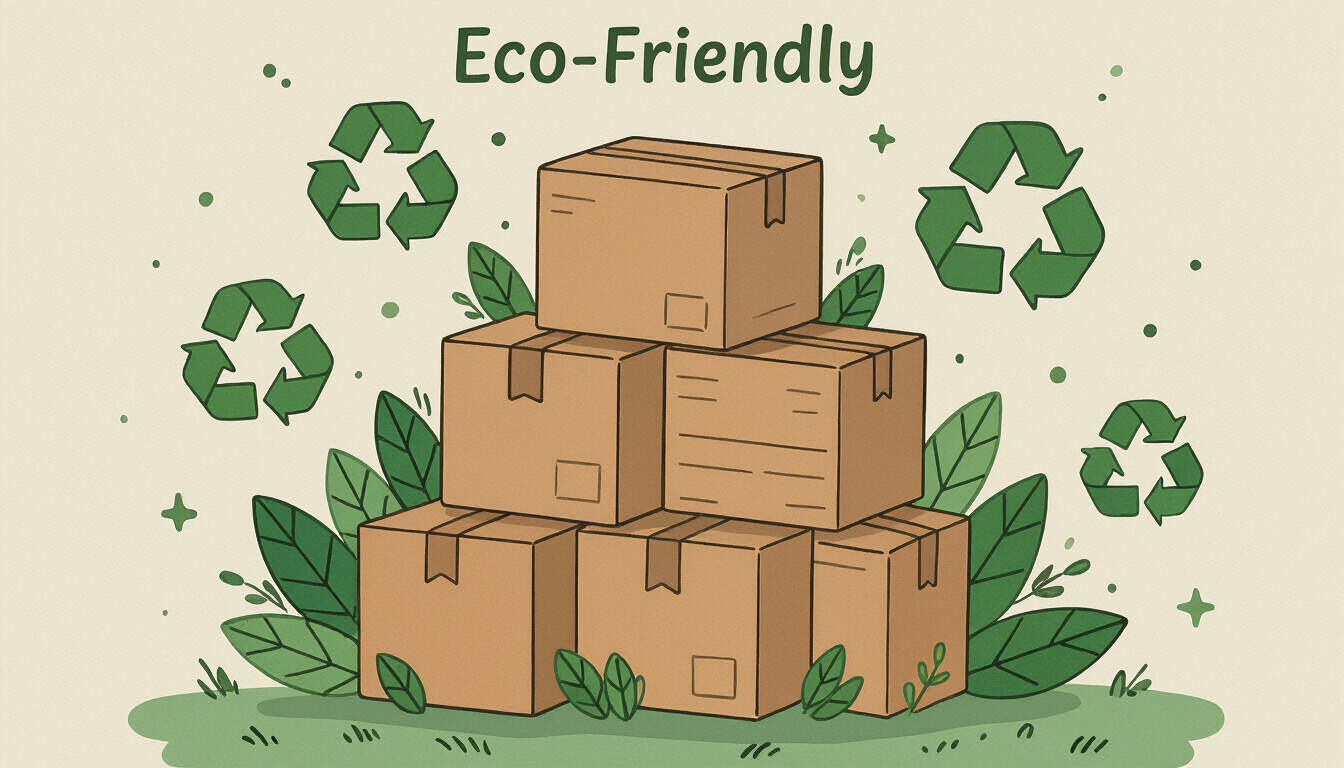Sustainable Packaging Strategies for Tiny Subscription Commerce
 by Marlene Keeling
by Marlene Keeling
Explore how small businesses can adopt sustainable packaging in subscription models to reduce environmental impact and attract eco-conscious customers. This approach offers cost-effective ways to enhance brand loyalty and meet market demands for greener practices.

Subscription commerce has grown as a way for small businesses to build steady revenue streams. In this context, sustainable packaging plays a key role in helping companies minimize waste and appeal to environmentally aware consumers. For instance, using materials that break down easily can make a difference in operations.
One main advantage of sustainable packaging is its ability to lower costs over time. Materials like recycled paper or biodegradable plastics often lead to reduced shipping weights, which in turn cuts down on fuel use. sustainable packaging helps businesses save money while supporting environmental goals. Another benefit involves customer satisfaction, as many buyers now prefer brands that prioritize the planet.
To implement these practices, small business owners should start by assessing their current packaging needs. Choosing options such as plant-based films or reusable containers can be a good first step. For example, a coffee subscription service might switch to compostable bags. This change not only aligns with green standards but also improves product presentation.
Challenges may arise, particularly with supply chain issues. Sourcing eco-friendly materials can sometimes increase initial expenses. However, partnering with local suppliers can help overcome this hurdle. subscription commerce models benefit from such partnerships by ensuring a reliable flow of sustainable options.
In practice, businesses can adopt several strategies to integrate sustainable packaging. First, conduct an audit of existing materials to identify areas for improvement. Then, explore alternatives like mushroom-based packaging or seaweed films, which are innovative and effective. A list of steps might include:
- Researching certified eco-materials that meet industry standards.
- Testing new packaging with a small group of subscribers to gather feedback.
- Training staff on proper handling to maintain quality.
These steps allow for smooth transitions without disrupting service. Moreover, marketing the use of sustainable packaging can enhance a brand's image. For tiny subscription models, this means highlighting efforts in product descriptions or newsletters.
Real-world examples show success in this area. A small artisan snack company switched to fully recyclable boxes and saw a 15% increase in repeat customers. Such outcomes demonstrate how eco-friendly subscriptions can drive growth. Businesses in similar niches, like beauty or pet products, have followed suit with positive results.
Beyond immediate benefits, sustainable practices contribute to long-term industry trends. As regulations on waste become stricter, companies that adapt early gain an edge. For entrepreneurs, this means building resilience into their models. Tools like carbon footprint calculators can aid in tracking progress and making informed decisions.
When considering tiny subscription commerce, packaging choices extend to the entire customer experience. Items should arrive in a way that feels thoughtful and responsible. For instance, using minimalistic designs reduces excess material. This approach not only appeals to consumers but also streamlines operations for owners.
In summary, adopting sustainable packaging in subscription models offers clear advantages for small businesses. By focusing on practical changes and innovative materials, entrepreneurs can create more efficient systems. The key is to balance environmental commitments with business needs, ensuring a path to success in a competitive market.
